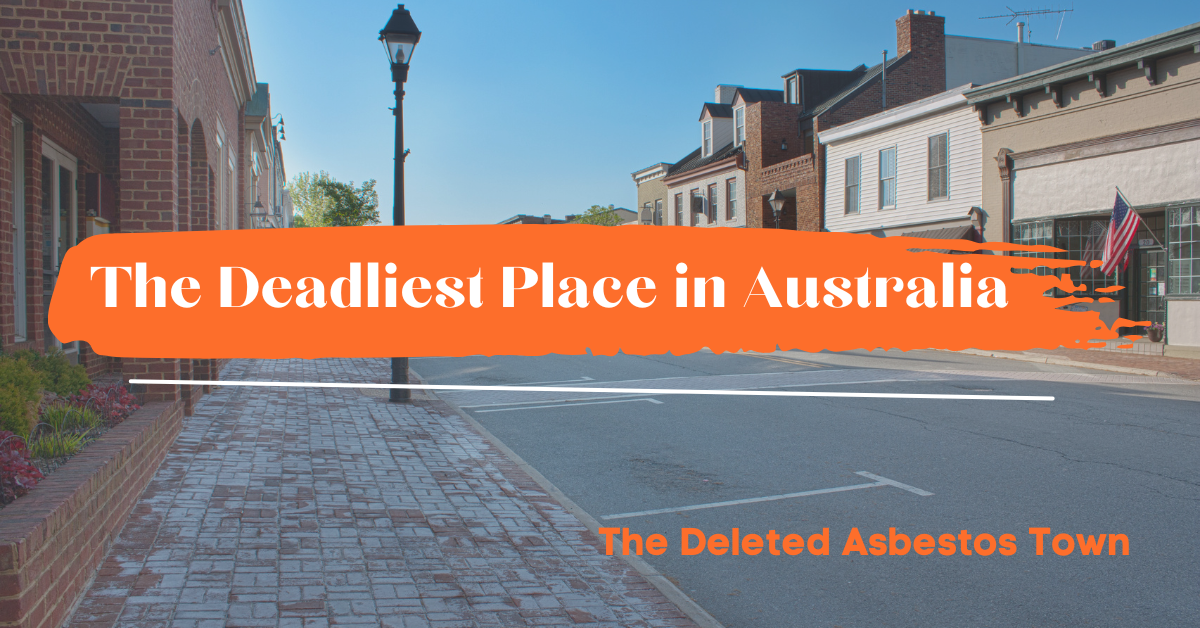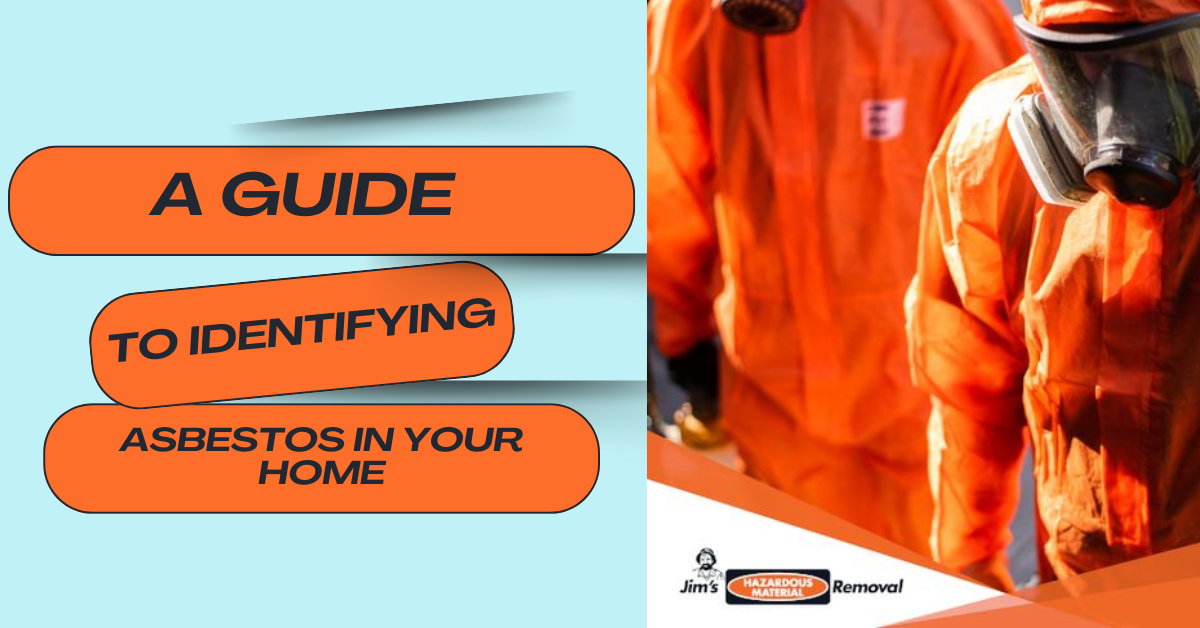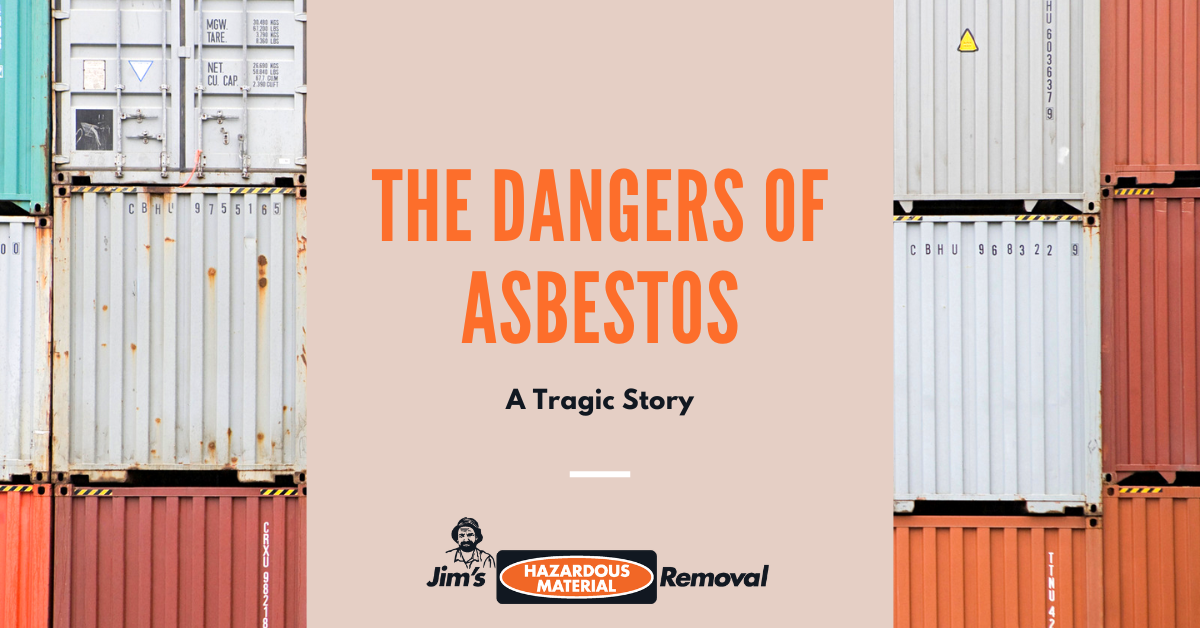
The Haunting Legacy of Wittenoom: Australia’s Forgotten Asbestos Ghost Town
In the vast, sun-scorched expanse of the Australian outback, a haunting tale of tragedy and abandonment unfolds. Tucked away in the remote corners of the country lies the deadliest place in Australia, Wittenoom, a once-thriving community that has been forever etched into the nation’s history as a cautionary tale of the devastating consequences of unchecked industrial practices.
The Rise and Fall of Wittenoom
Wittenoom’s story begins in the 1930s, when the promise of wealth and prosperity lured workers from across Europe to the remote region. The town, located in the Pilbara region of Western Australia, was built around the mining of a seemingly innocuous mineral – asbestos. At the time, asbestos was hailed as a “miracle fiber,” prized for its heat-resistant and insulating properties, and it was in high demand for use in construction and manufacturing.
The asbestos mines in Wittenoom quickly became the lifeblood of the town, attracting a diverse population of workers and their families. By the 1960s, Wittenoom had grown to become the largest town in the Pilbara region, with a population of nearly 1,000 people. The town boasted all the trappings of a thriving community – schools, shops, a hospital, and a vibrant social scene.
However, the idyllic facade of Wittenoom concealed a dark secret. Unbeknownst to the residents, the very mineral that had brought them to this remote corner of Australia was slowly and silently poisoning them. The asbestos dust, which permeated the air and settled on every surface, was wreaking havoc on the health of the town’s inhabitants.
As the true extent of the asbestos contamination became known, the government was forced to take drastic action. In the early 2000s, Wittenoom was officially declared a contaminated site, and all basic services – water, electricity, and telecommunications – were shut off. The town was the deadliest place in Australia and was effectively erased from the map, its streets and buildings left to crumble under the relentless onslaught of the elements.
The Deadly Legacy of Asbestos
The story of Wittenoom is a tragic one, but it is also a cautionary tale about the devastating impact of asbestos exposure. Asbestos, a naturally occurring mineral, was once widely used in construction and manufacturing due to its heat-resistant and insulating properties. However, it was later discovered that exposure to asbestos fibers can lead to a range of deadly respiratory diseases, including mesothelioma, lung cancer, and asbestosis.
In Wittenoom, the asbestos dust was ubiquitous, permeating the air and settling on every surface. Workers in the mines and mills, as well as the town’s residents, were exposed to these deadly fibers on a daily basis. The consequences were devastating – by the time the town was abandoned, an estimated 80% of its former inhabitants had died from asbestos-related illnesses.
The legacy of Wittenoom’s asbestos contamination meant it became the deadliest place in Australia and continues to haunt the region to this day. The town has been officially closed, and the government has undertaken extensive cleanup efforts to try to mitigate the ongoing environmental and health risks. However, the damage has already been done, and the scars of this tragedy will likely remain for generations to come.
Exploring the Haunting Remains of Wittenoom
Despite the dangers, the ghost town of Wittenoom has become a macabre tourist attraction, drawing visitors from around the world who are drawn to the eerie, abandoned streets and the haunting reminders of the town’s tragic past. For those brave enough to venture into this contaminated landscape, the experience is both captivating and deeply unsettling.
As our reporter, Raphael, discovered, the town is a study in contrasts. On the one hand, the abandoned buildings and crumbling infrastructure evoke a sense of profound sadness and loss, a tangible reminder of the human toll of the asbestos disaster. Yet, in the midst of this desolation, there are also signs of resilience and adaptation – the story of Mario Hartmann, a lone resident who has carved out a life for himself in the ghost town, is a testament to the human spirit’s ability to endure even in the face of overwhelming adversity.
Navigating the streets of Wittenoom requires extreme caution, as the asbestos contamination remains a very real and present danger. Visitors must don protective gear, including hazmat suits and respirators, to safeguard themselves from the toxic dust that still permeates the air. Even with these precautions, the sense of unease and foreboding is palpable, a constant reminder of the fragility of life and the consequences of unchecked industrial practices.
The Ongoing Fight for Justice and Accountability
The story of Wittenoom is not just a tale of tragedy and abandonment – it is also a story of resilience, activism, and the ongoing fight for justice and accountability. In the wake of the asbestos disaster, survivors and their families have banded together to demand compensation and to raise awareness about the dangers of asbestos exposure.
One of the key figures in this fight is Robert Vojakovic, the president of the Asbestos Diseases Society of Australia. Vojakovic himself is a survivor of the Wittenoom disaster, having narrowly escaped the town before the full extent of the contamination became known. Since then, he has dedicated his life to supporting victims and their families, and to advocating for stricter regulations and greater accountability when it comes to the use of hazardous materials like asbestos.
Through his organization, Vojakovic has been instrumental in securing over 1 billion in compensation for those affected by asbestos-related illnesses. He has also worked tirelessly to raise awareness about the ongoing dangers of asbestos exposure, and to push for the complete ban of the material in Australia and around the world.
The fight for justice in the wake of the Wittenoom disaster is far from over, but the efforts of activists like Vojakovic have helped to ensure that the tragic legacy of this ghost town will not be forgotten. By continuing to shine a light on the devastating consequences of unchecked industrial practices, they hope to prevent similar disasters from occurring in the future and to secure a measure of justice for the victims and their families.
Lessons Learned and the Path Forward
The story of Wittenoom serves as a stark reminder of the importance of prioritizing public health and safety over short-term economic gains. The unchecked mining and use of asbestos in the town, driven by the promise of wealth and prosperity, ultimately led to the destruction of an entire community and the loss of countless lives.
As a society, we must learn from the mistakes of the past and work to ensure that such tragedies never happen again. This means implementing stricter regulations and oversight when it comes to the use of hazardous materials, as well as investing in research and education to better understand the long-term health and environmental impacts of industrial practices.
It also means supporting the efforts of activists and organizations like the Asbestos Diseases Society of Australia, who are working tirelessly to hold those responsible accountable and to secure justice for the victims of asbestos-related illnesses. By amplifying these voices and supporting their work, we can help to ensure that the legacy of Wittenoom is not one of tragedy and loss, but of resilience, activism, and a renewed commitment to protecting the health and wellbeing of our communities.
As we continue to grapple with the ongoing legacy of Wittenoom which was the deadliest place in Australia, it is important to remember that this ghost town is not just a relic of the past, but a cautionary tale that still resonates in the present day. By learning from the mistakes of the past and working to create a safer, more sustainable future, we can honor the memory of those who lost their lives in Wittenoom and ensure that their sacrifice was not in vain.
Conclusion
The story of Wittenoom is a haunting and tragic tale, one that serves as a stark reminder of the devastating consequences of unchecked industrial practices and the importance of prioritizing public health and safety. As we continue to grapple with the legacy of this ghost town which was the deadliest place in Australia, it is crucial that we learn from the mistakes of the past and work to create a safer, more sustainable future for all.
Through the efforts of activists and organizations like the Asbestos Diseases Society of Australia, we can honor the memory of those who lost their lives in Wittenoom and ensure that their sacrifice was not in vain. By supporting these initiatives and continuing to raise awareness about the ongoing dangers of asbestos exposure, we can work to prevent similar tragedies from occurring in the future and to secure a measure of justice for the victims and their families.
Ultimately, the story of Wittenoom is a powerful reminder of the fragility of life and the importance of being vigilant when it comes to the health and wellbeing of our communities. By learning from the past and working to create a better future, we can ensure that the legacy of this ghost town is one of resilience, activism, and a renewed commitment to protecting the people and places we hold dear.







